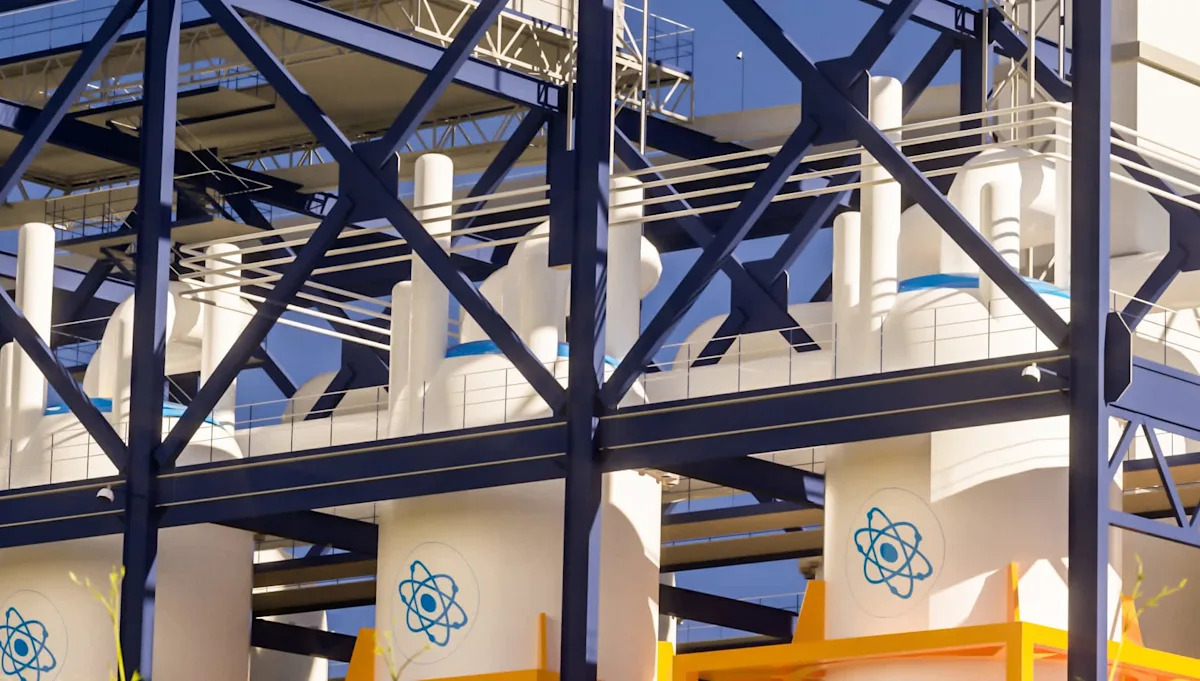Materials scientists at Stony Brook University in New York are developing increasingly resilient nuclear reactors designed to conduct fission and fusion reactions even under severe radiation and high temperatures.
According to the journal Nature, high-performance structural materials are essential to the integrity and efficiency of any reactor, and most nuclear technologies must survive temperatures over 1,000 degrees Celsius (1,832 degrees Fahrenheit) as well as considerable radiation damage. After all, both fission — splitting atoms to release energy — and fusion — merging atoms together to produce heat — can prove volatile processes.
Accordingly, the researchers are using temperature-resistant ceramics and tungsten alloys in the materials they engineer, in order to protect the reactor from radiation-incurred physical deformity.
Tungsten alloys, specifically, provide “grain boundaries [that] serve as sinks for radiation defects,” per Nature. Meanwhile, constructing neutron moderators from ceramic — which in turn is composed of elements that excel in neutron capture — may help minimize the hazardous waste output that comes with neutron interaction.
The researchers are also working to refine nuclear fuel production, aiming for safer ways to channel uranium into the nuclear fission process and more efficient options for nuclear fusion — with an emphasis on the latter. If all goes well, we could see a first-of-its-kind full-scale fusion plant up and running in less than 15 years, per Nature.
“On paper, the engineering is solid. And I can tell you the materials are amazing,” remarked David Sprouster of Stony Brook University’s Engineered Microstructures and Radiation Effects Laboratory. “But how it all comes together, actually demonstrating the net energy gain, that’s where people are going to get their Nobel Prize.”
As our growing world population and the emergence of energy-intensive industries such as AI drive up global energy demand — and the planet-warming carbon pollution released in meeting it increases — swapping out dirty fuels like coal and oil for cleaner alternatives becomes increasingly essential. While options like solar and wind power can make a difference, considering the level of commercialization they’ve achieved already, the natural factors they rely on aren’t the most stable or predictable.
Besides, nuclear technology generates massive amounts of energy within a single reaction — far more than most other low-carbon solutions out there. Successfully integrating nuclear prospects into our energy sector would likely better enable power companies to keep pace with rising demand and simultaneously slash electrical costs for the average individual.
Of course, nuclear energy isn’t a perfect solution, especially considering the radioactive waste problem that these Stony Brook researchers are attempting to curb, but with the climate problem as severe as it is, any breakthroughs in low-carbon energy production can go a long way.
Join our free newsletter for weekly updates on the latest innovations improving our lives and shaping our future, and don’t miss this cool list of easy ways to help yourself while helping the planet.
First Appeared on
Source link













